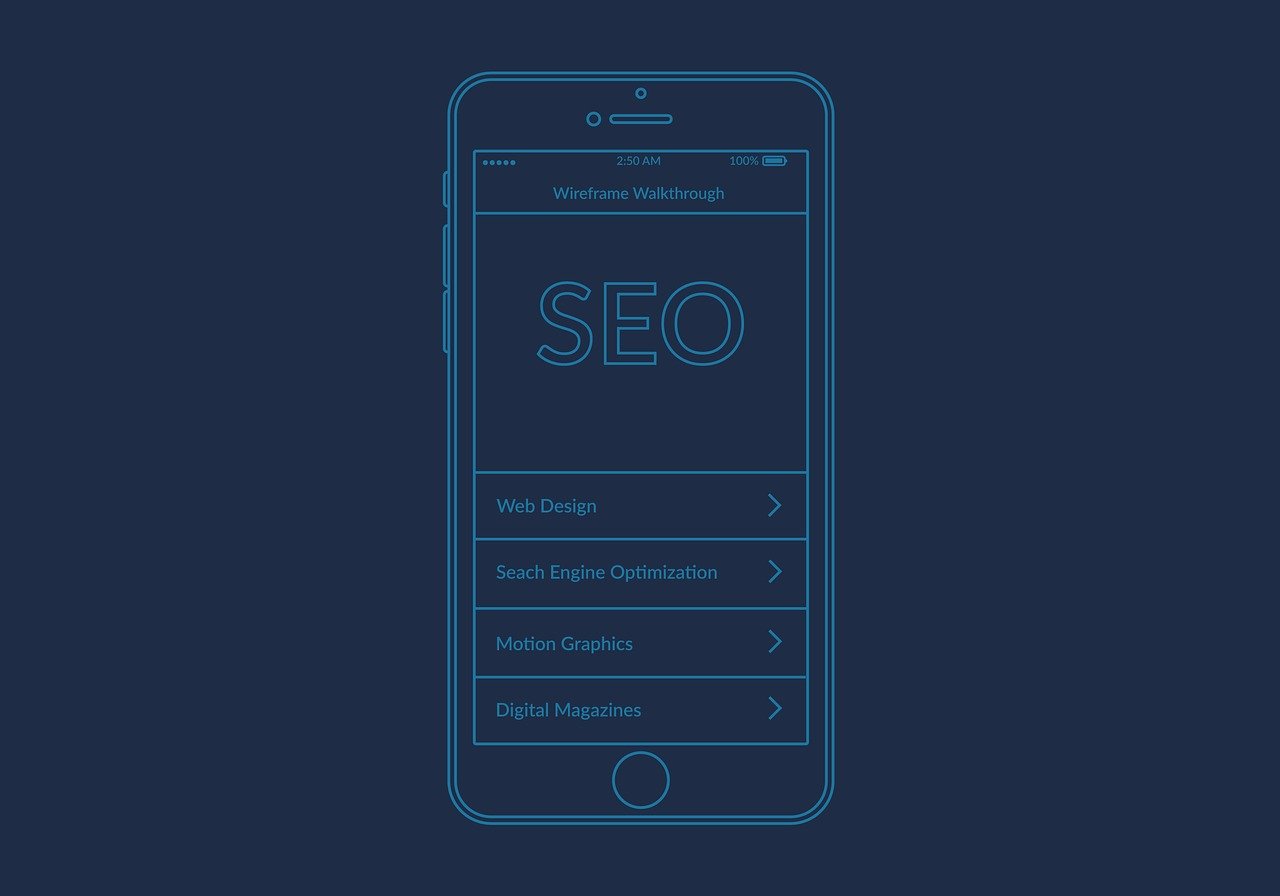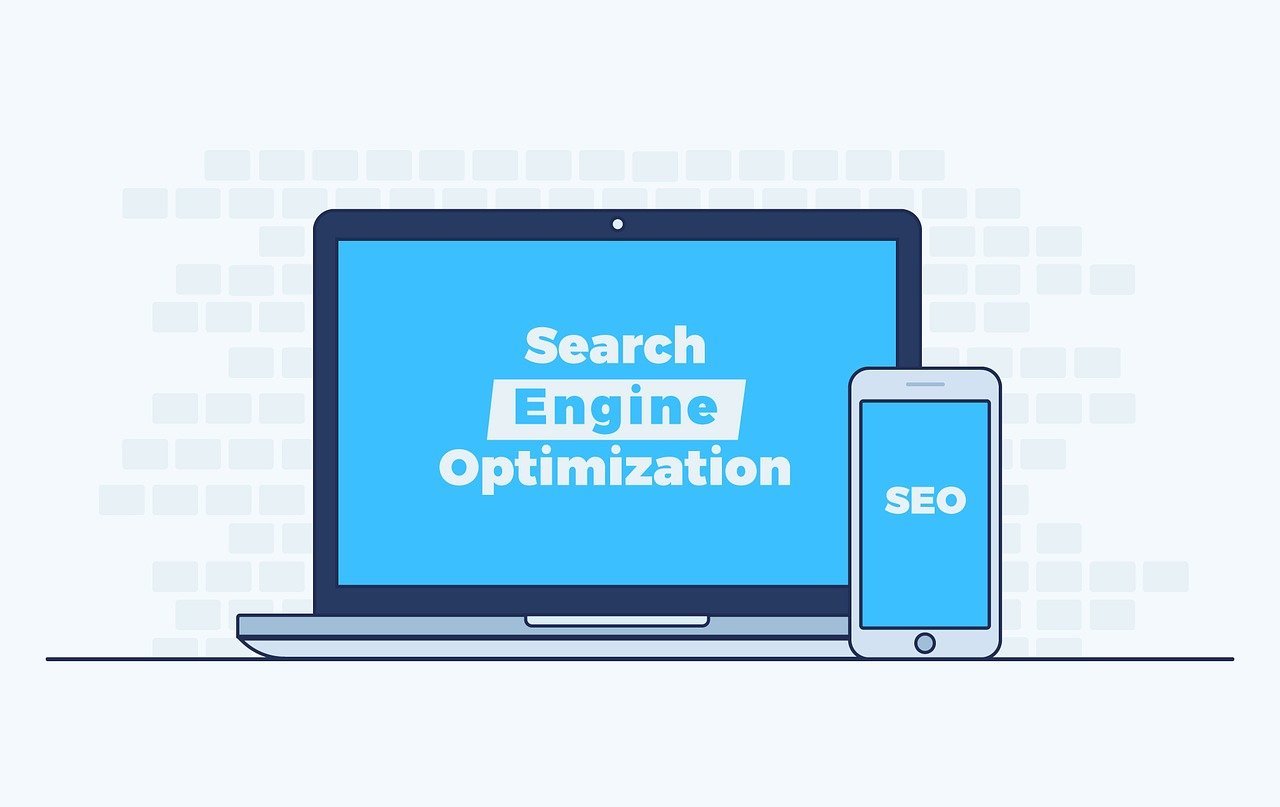Links play a special role in search engine optimization, SEO. At the same time, there are different types of links that have different effects and significance for work with SEO. Two types of link attributes that are central to the work of SEO are “Dofollow” and “Nofollow” links.
These terms refer to the attributes used in the HTML code to inform search engines how to treat links from one page to another.
Dofollow links allow the search engines to follow the link and transfer so-called “link juice” or authority from one page to the other. On the other hand, Nofollow links are used to signal to the search engines that they should not transfer authority.
Since there is a distinct difference between these two types of links, it is important to understand how these links work and how to use them. In this article, we are going to sort out the difference between Dofollow and Nofollow links and sort out the distinct difference between them.
What are Dofollow links?
Dofollow links play an important role in SEO and refer to hyperlinks that do not have the so-called “Nofollow” attribute in their HTML code. Dofollow simply means that search engines are instructed to follow the link (do follow) and transfer authority from one page to the other. In other words, the Dofollow attribute is a way for a website owner to say “Consider this as a recommendation for the page I’m linking to”.
This transfer of authority, also known as “link juice,” plays a significant role in influencing the landing page’s ranking in search results. You naturally know the importance of backlinks, backlinks in SEO and when you talk about these, you talk about links with the Dofollow attribute, as these are what give link power.
Dofollow links are considered “recommendations” from one site to another. When one site links to another, search engines interpret it as an endorsement of the linked page’s quality and relevance. The more high-quality Dofollow links a website gets, the greater its authority and chances of ranking high in search results increase.
What are Nofollow links?
Unlike Dofollow links, Nofollow links mean that a website chooses not to transfer authority to the linked page. This is achieved by adding the “rel=’nofollow'” attribute to the link’s HTML code. It’s a way for a website owner to say “you don’t need to follow this link or see it as an endorsement, it’s more for the sake of the reader”
The nofollow attribute was introduced to give websites the ability to control how search engines treat links and to prevent excessive manipulation of search engine optimization.
The main purpose of the Nofollow attribute is to inform search engines that they should not transfer authority to the linked page. This can be useful in various scenarios, such as links in user-generated content, comment fields, or in links to sponsored posts. Using Nofollow links allows you to regulate and balance the links you provide from your own site to avoid being seen as spammy or manipulative. For example, if it is a spam page that has an interesting document that you want to refer to but you want to avoid being associated with this page, you can use the Nofollow attribute.
The major difference between Dofollow and Nofollow links lies in the transfer of authority. While Dofollow links allow the transfer of authority and affect the landing page’s ranking in search results, Nofollow links indicate that authority should not be transferred. Thus, Nofollow links act as a way to control and adjust how search engines interpret and value a website’s link profile.
Importance of Dofollow and Nofollow links in SEO
Both Dofollow and Nofollow have a role to play in SEO. Dofollow links are fundamental to building and strengthening a website’s authority within search engine results. When one website links to another, some of its authority is transferred to the linked page as a type of endorsement. This provides signals to the search engines about the relevance and quality of the linked page. The more and the more high-quality Dofollow links a website has, the more trust and authority it builds, which can result in higher rankings in search results.
Nofollow links play another role in managing a website’s link profile. By using the Nofollow attribute, websites can control which links should transmit authority and which should not. This is particularly relevant in the case of user-generated content, sponsored links or other situations where the website does not necessarily support or wish to transfer authority to the linked page. Strategically using Nofollow links helps avoid potential negative impacts on search engine rankings.
That being said, this doesn’t mean you don’t want Nofollow links to your website. A natural link profile usually has both Nofollow and Dofollow links. In addition, Nofollow links are not completely useless to get to your site from an SEO perspective.
An SEO strategy requires a balanced use of both Dofollow and Nofollow links. Excessive use of Dofollow links without a balance of Nofollow links can be perceived as spam or manipulation, which can lead to negative consequences for search engine rankings.
SEO Benefits of Nofollow Backlinks
As mentioned, Nofollow links are not completely useless for SEO but have several advantages. Above all, the benefits of Nofollow links are connected to the links that you provide from your own page, but there are also benefits of getting Nofollow links.
Link Profile Management: Nofollow links allow you to actively manage and balance your link profile. It allows you to avoid over-optimization and create a more natural and varied profile that doesn’t focus solely on Dofollow links.
Prevent Spam and Unsolicited Links: Nofollow links are a handy tool for dealing with spam and unsolicited links, especially on sites with user-generated content such as comment sections and forums. By using the Nofollow attribute, you can reduce the risk of transferring authority to potentially harmful websites – or getting it (in cases where you have the ability to control this).
Targeted Linking Strategies: Nofollow links give you the flexibility to implement targeted linking strategies. You can choose to use Nofollow for some links depending on the purpose of those links. It can be especially useful for directing links to user-generated content or external sources where you don’t want to transfer authority.
Improve user experience: By using Nofollow links in places where it is relevant, such as in comment fields or sponsored content, you can create a better and more user-friendly website. This can contribute to a more positive user experience and reduce the risk of over-optimization.
How to use Dofollow and Nofollow links effectively
Choose high-quality and relevant sources
To maximize the SEO benefits of Dofollow links, it is important to get links from high-quality and relevant pages but at the same time have a natural link profile. Links from authoritative websites within the same industry are generally seen as more relevant and therefore have a stronger impact on search engine rankings.
Varied anchor text
To continue on the theme of having a natural link profile, you want to ensure that you use varied anchor text. For example, it looks weird if all your external links have the anchor text “shoes”. It may indicate that you are trying to manipulate the search results which can be penalized by Google. Focus on using a wide selection of different keywords and phrases that are relevant to your industry.
Organic growth of links
When building links for SEO, you should see it as a long-term effort. That said, you don’t want to go from having 0 links one day to 100 external links the next. Instead, you should focus on getting a smooth and organic growth of links as this is the most natural.
Strategies for implementing Nofollow links in a meaningful way
Manage user-generated content
Use Nofollow links to manage links in comments, forums, and other places with user-generated content. This helps avoid transferring authority to potentially untrustworthy or spammy sources. A common mistake many people make is to have nofollow links in their comment field. Pretty soon people will notice this and as it is you will have thousands of comments with links from all sorts of sites. If this happens, Google will see your page as a link farm, which can lead to your own ranking being penalized. Therefore, always make sure to use nofollow links on your own page where appropriate.
Control the use of Nofollow to balance the link profile
Use Nofollow links as a strategic component to balance the link profile and avoid over-optimizing. The balance between Dofollow and Nofollow is crucial for a sound and credible SEO strategy. A website that does not actively build links, for example, will naturally get nofollow links over time. With that said, you don’t want to focus solely on dofollow links when working with link building, but instead focus on the whole.
In your work, keep in mind that the SEO landscape is constantly changing. That said, you should continuously monitor and evaluate your linking strategy results and adjust it over time to keep up with changes in search engine algorithms and industry trends.
Tools and resources for managing Dofollow and Nofollow links
Google Search Console
Google Search Console is one of the most used SEO tools out there thanks to the amount of data it offers along with the fact that it is completely free to use. Google search console provides insights into how Googlebot indexes a website and identifies links but also a lot of other information about how your web server is performing. Search console provides information about Dofollow and Nofollow links and helps monitor and manage the link profile.
Moz Link Explorer
Moz Link Explorer offers comprehensive data about your link profile, including information about Dofollow and Nofollow links. It also provides domain authority insights and competitor analysis to improve link strategy.
Ahrefs Backlink Checker
Ahrefs Backlink Checker provides detailed information about links to a website, including Dofollow and Nofollow attributes. It also offers competitive analysis and helps identify potential link opportunities.
Using the attributes correctly on different platforms
Content Management Systems (CMS)
Many CMS platforms such as WordPress offer plugins or built-in features that allow users to manage the Dofollow and Nofollow attributes of individual links. This gives you control over how links are created and displayed on the site.
Social media platforms
On the vast majority of social media platforms, Nofollow is used by default, which means that you don’t get link juice, but you do get social signals. This is good considering that otherwise social media platforms would have become home to an incredible amount of spam which would have had a negative impact on your link profile instead.
Future trends and developments around Dofollow and Nofollow links
To be successful with SEO, it is necessary that you constantly stay up to date with the latest news and also plan for the future and get ready to adapt your strategy if necessary. So, what changes do we have to expect in the SEO world related to Dofollow and Nofollow?
Machine learning and AI
Something that will definitely grow in SEO and search engines is machine learning and AI, something that is making its way into every imaginable area of the digital landscape. In particular, search engines have already started to incorporate machine learning and AI and this is a trend that will only continue to grow.
Search engines can use advanced algorithms to identify natural link patterns and detect manipulation. It is therefore good to keep up to date with the latest techniques in SEO so that you can adapt your strategy accordingly.
Semantic search
Search engines can become more sophisticated in terms of semantic search, which means they can understand the context and meaning behind links. This can affect how they value and rank Dofollow and Nofollow links based on relevance and their relationship to specific topics.
Emphasis on quality over quantity
In the future, search engines will definitely place more importance on the quality of links rather than the number of links. For this reason, in the future, it will probably become increasingly relevant to focus on creating high-quality content and attracting organic links from authoritative sources.
Increased emphasis on user experience
User experience has become increasingly important in the eyes of search engines with each passing year. This is undoubtedly a trend that continues to grow. Going forward, search engines will place even greater emphasis on prioritizing websites that offer a superior user experience. This includes reviewing how visitors interact with links and how user-friendly the website is.








![76 Tips to Optimize your Website for SEO [Guide]](https://toppdomain.com/wp-content/uploads/2023/12/web-3967926_1280.jpg)